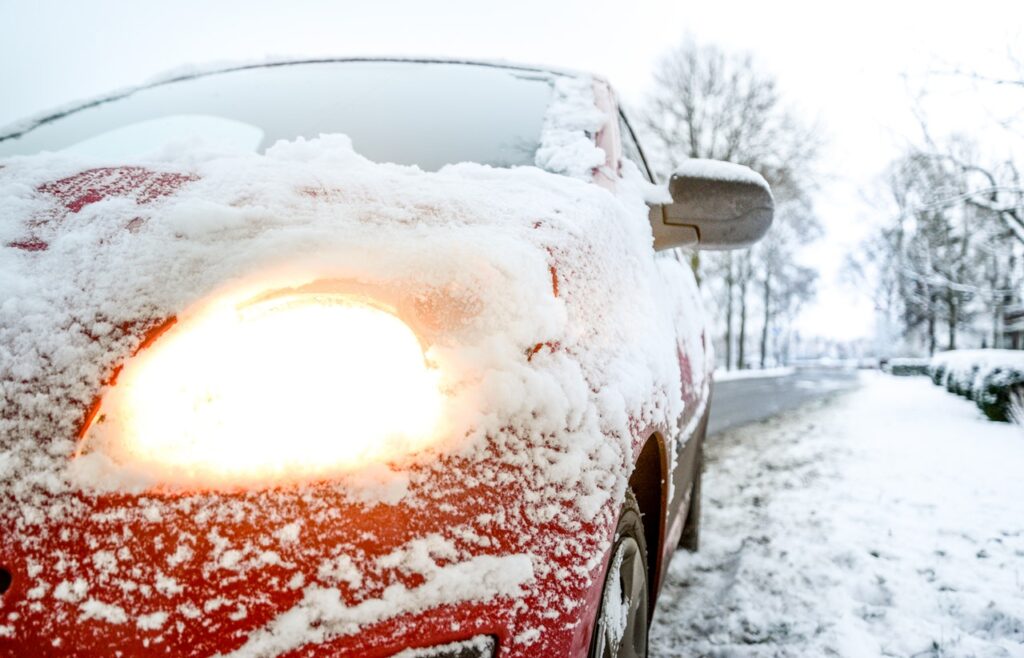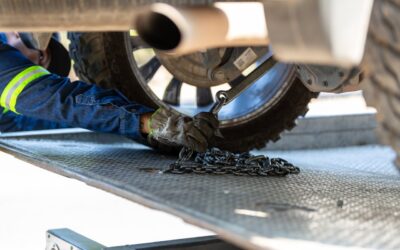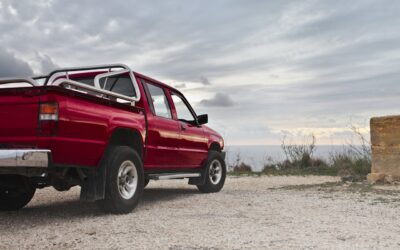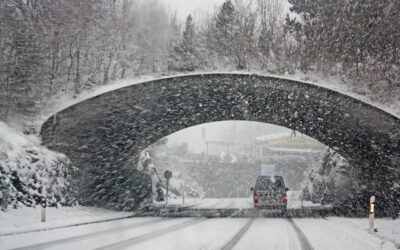5 Tips for Driving in Hazardous Winter Conditions

With winter’s arrival, everyone should review their driving practices to make sure that they stay safe throughout the snow season. Brush up on these tips for driving in hazardous conditions so that you feel safer behind the wheel.
Drive at a Safe Speed
One of the easiest things that you can do to increase your safety in snow or icy weather is to just slow down. Ideally, you should decrease your driving speed by approximately half of the recommended limit when you are driving on snow, but use your best judgment because severe conditions may require you to drive slower.
Keep in mind that you will need to make yourself visible to other drivers who may be traveling faster, so turn on the headlights and hazards if you are unable to keep up with traffic. You should also try to drive in the right or slowest lane when you are driving below the speed limit.
Use caution as you approach curves, and slowly decrease your speed as needed to maintain control over your vehicle. Then, accelerate slowly once you begin to straighten the wheels so that you avoid spinning out.
Know Before You Go
You can reduce your chances of getting into an accident by doing a little research before you head out. Try to choose a route with less traffic, and opt for roads that have been plowed or treated with deicer whenever it is possible.
Store Winter Gear in the Car
Every car should be equipped with a roadside emergency kit that contains basic supplies such as jumper cables and a jack. However, you may need to replenish supplies that are critical for handling a car crisis in winter weather.
Add a hat, gloves, and a scarf to your roadside emergency kit, and consider keeping a warm blanket in the car in case you are stuck in freezing weather in a vehicle without any power. Then, make sure that you have a working flashlight, shovel, and traction materials such as kitty litter in your winter kit.
Practice Proper Maintenance
A little preparation goes a long way toward making sure that you don’t have to deal with a major vehicle breakdown. The colder temperatures are hard on batteries, so make sure to have yours checked if it is getting older. You will also want to make sure that all of the fluids are at the appropriate levels.
Ideally, you should check your tire pressure about once a month to make sure that it is the correct level, and you may need to do this more often during times when the temperature rapidly fluctuates. As you check your tires, make sure that they have the proper amount of tread to provide traction in slick conditions.
Know How to Get Unstuck
At times, getting stuck in the snow might be unavoidable, such as if you must swerve off the road to avoid an accident. If you do get stuck, do not panic and spin the tires since this can dig the car into a deeper hole.
Instead, assess your safety before exiting the vehicle. Then, check around the tires to see if you might be able to dig out of the snow or add traction to the road surface. If not, arrange for a tow service to get you out safely without damaging your vehicle.
At Dean’s Wrecker Service , our main goal is to get to you as quickly as possible when you experience a roadside emergency in winter conditions. Keep our contact number in your phone and glove compartment so that we can dispatch a member of our team to your location right away.
Recent Posts
Categories
- Auto Towing Raleigh (23)
- Car Maintenance Tips (2)
- Crane Service (1)
- Dean's Wrecker Service (4)
- Equipment Relocation (2)
- Heavy Duty Towing (13)
- Raleigh Highways (3)






